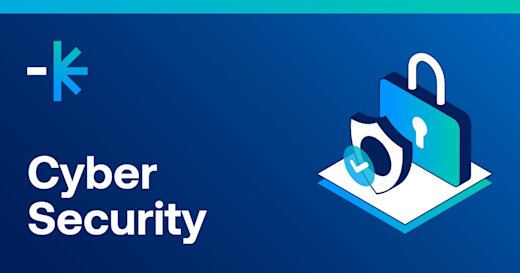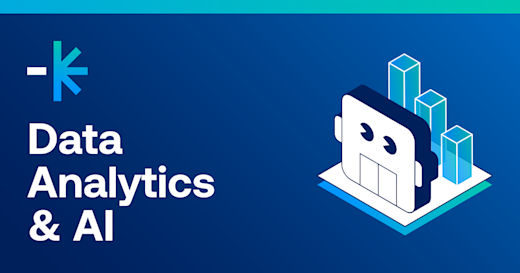Got a question? Call 0800 835 835 | Login
We all make business decisions each day. And some are better, and easier to make, than others.
Those are the ones where you have all of the information you need to make a good decision, not just an expedient one.
So, what's stopping you from getting the information you need to make a ‘good’ decision?
1. Roadblocks: You’re dependent on other departments to get the required information to you. This reliance slows you down, and increases the workload of others. And the sad reality is that your ‘urgent’ isn’t necessarily their ‘urgent’.
2. Dismal data: The information you get isn’t in a useable format, or it’s incomplete. It needs to be massaged into shape (and you need the time and expertise to do it) or to be supplemented by another department.
So, what do you do? Press on and make an uninformed decision using the data you have in Excel? Or take the business case for self-service business intelligence to the powers-that-be?
Why self-service BI?
To try and breach the gap between the information you need and where it can be found, organisations worldwide are embracing self-service business intelligence. And with good reason.
1. Remove skill and ability bottlenecks: With self-service BI, users of almost all technical abilities can easily access and use from data collected across the organisation.
2. BI demystified: Setting up self-service BI is no longer a complex task owned by your database and BI experts.
3. Do more, see more: Applications like Power BI provide access to the customised reports and interactive dashboards - which help to have a complete 360-degree view of the business.
4. Information for everyone (within reason): Tools like Microsoft Power BI democratise access to data across the business, so users can get the information they need, when they need it. It also transforms raw and unprocessed data into meaningful (and stunning!) visuals you can use to communicate and understand the business better.
5. Hello organisational agility!: Self-service BI reduces time to market and removes excessive bureaucracy.
Taking ownership of Power BI
Microsoft Power BI gives your nontechnical users the tools they need to aggregate, analyse, visualise and share data.
And this, of course, is all possible because Power BI is tightly integrated with Microsoft’s other BI products and Excel, as well as having built-in connectors to external data sources. It has an intuitive interface, making user training easier than most other BI platforms.
How much training do you need to get started?
If you’re new to Power BI, we offer a couple of training options:
Our one-day Introduction to Microsoft Power BI course is designed to familiarise you with Power BI so you can intuitively discover and automate importing, transformation and combination of data across a variety of data sources.
Or if you’re ready for more, our two-day Analysing Data with Power BI courses aims to provide you with a good understanding of data analysis with Power BI. The course includes creating visualisations, the Power BI Service, and the Power BI Mobile App+.
About the author: Chris Jones is a Learning Solutions Consultant and client manager for Auldhouse based in Auckland. He works with his clients to identify problems and opportunities - while enabling them through learning and technology.






